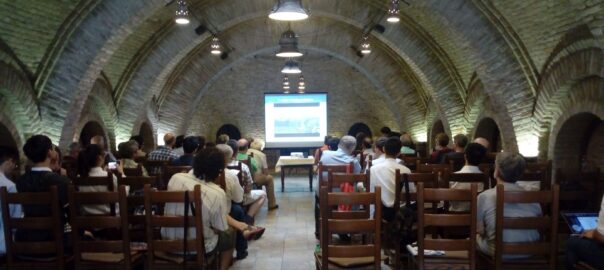Between June 27 and July 1, 2019, I had the opportunity of attending with the BuioMetria Partecipativa project a part of the fourth “Light Pollution Theory, Modelling, and Measurements” and a workshop connected to the conference. Here you will find a brief summary of the event and the experimental activities related to it, and some highlights (or should I say “high lights”) from the trip from Toscana to Hungary.
Also, please note your next opportunities to interact with BuioMetria Partecipativa and interdisciplinary night promotion and protection: July 16 in Milano, for an outreach event with Wim Schmidt, one of the main Dutch experts on this topic, and from July 25 to 29 in Southern Tuscany, with a visit by prof. Zoltán Kolláth, the mastermind of all the Hungarian events portrayed below, as well as a great progressive rock fan.
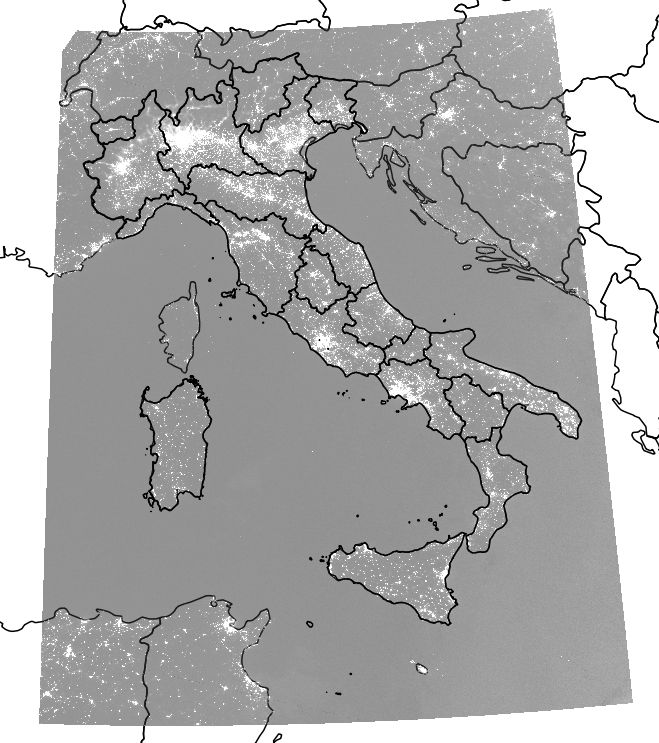
Now, back to the LPTMM conference (from June 25 to June 28). This is a bi-annual meeting attracting the main world experts in the field. After the main event, an experimental workshop was scheduled, inviting researchers to conduct night sky quality measurements with different techniques, spanning from the dear, old, Sky Quality Meter (which we called buiometro in Italy), to a plethora of imaging systems complemented by rather sophisticated processing workflows.
Such developments in sensing techniques also reflect the maturity on the light pollution monitoring topic. In the Nineties the focus of the experts was in the mitigation of light pollution effects in relation to night sky observation, as a priority mainly deriving from astronomers in order to reduce the amount of light improperly directed upwards. In the following years, with a greater awareness of the negative effects of the blue component of night lights, and its impact on ecology and landscape, measurement systems have evolved in order to detect such information. Essentially state-of-the-art technology requires the acquisition of “all sky” images, allowing to assess the source direction of lights, as well as spectral data. Combining such information, and integrating it with remote sensing data, as well as drone-derived information, extremely detailed scenarios can be assessed, thus supporting policies and management strategies for lighting systems.
The conference was in the Zselic dark sky park, in the South-West of Hungary. This is one of the three dark-sky areas certified by the International Dark Sky Association, and catered like babies by Zoltán Kolláth: in addition to managing the certification process, in the years the professor has fostered a series of lighting renovation projects in the villages around the “night sky reserves”, developed a structured research, and promotion activities on night sky-related issues.
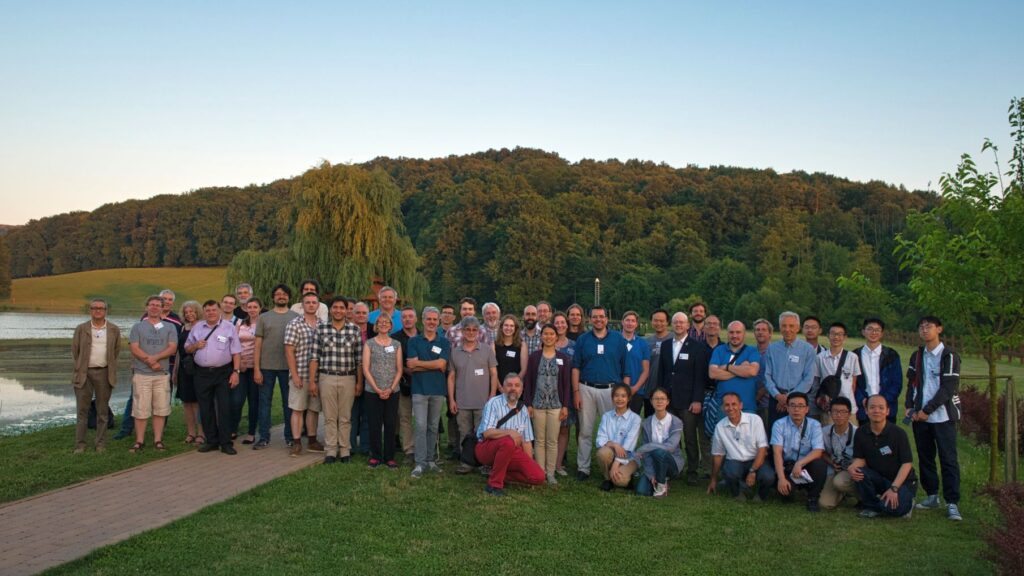
A photo report of the “buiometric” mission and the LPTMM workshop (June 28/July 1 2019)
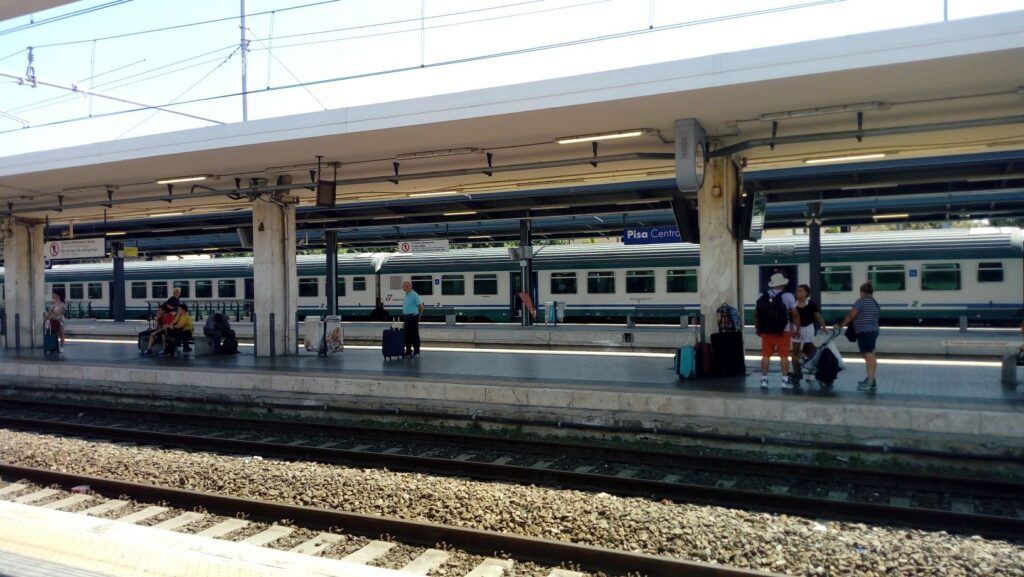
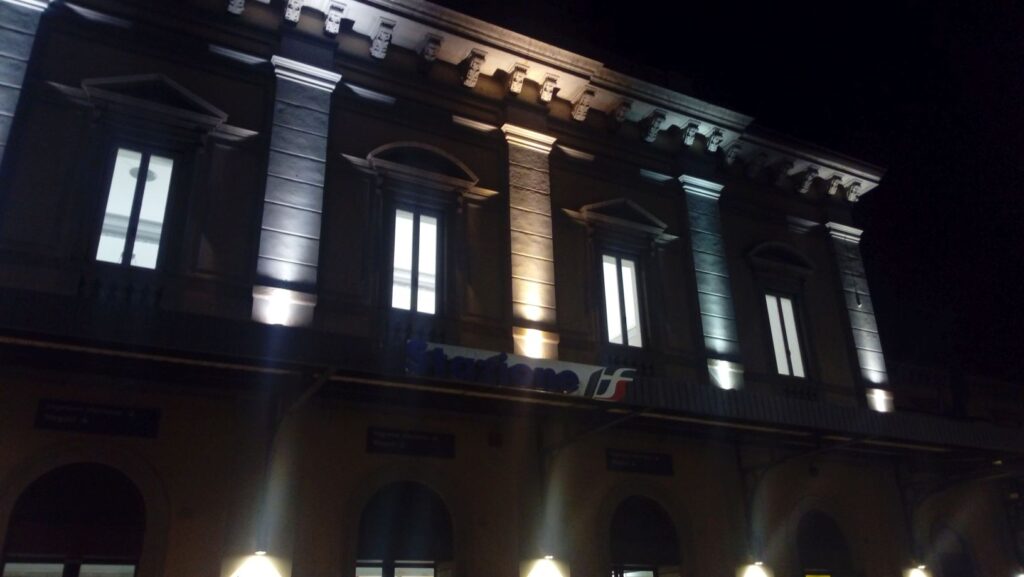
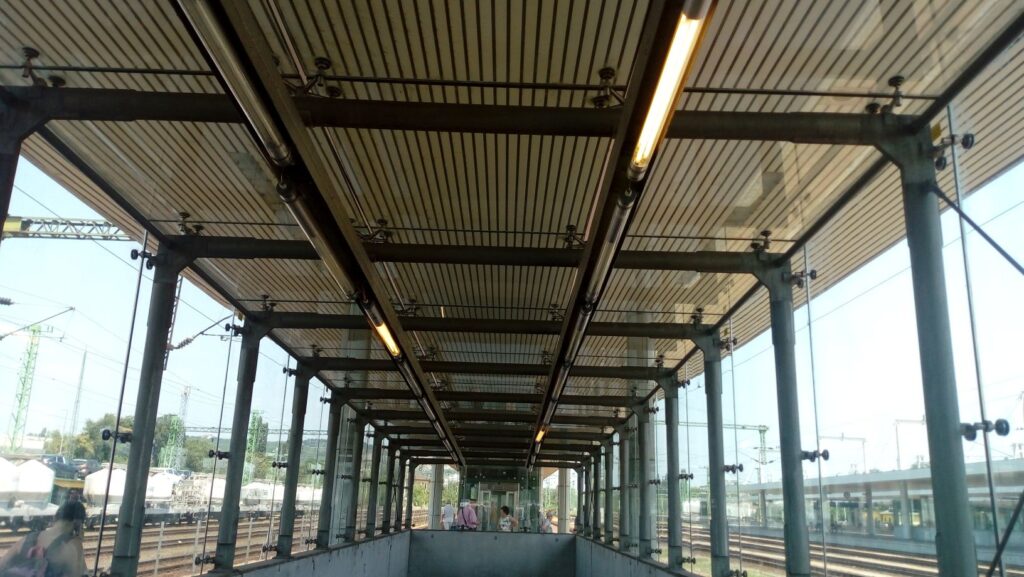
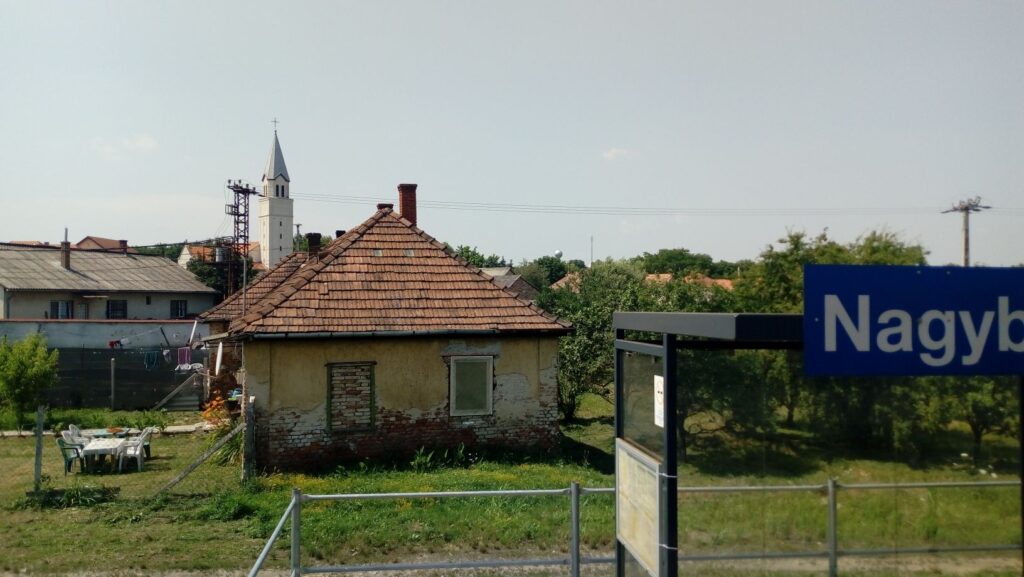
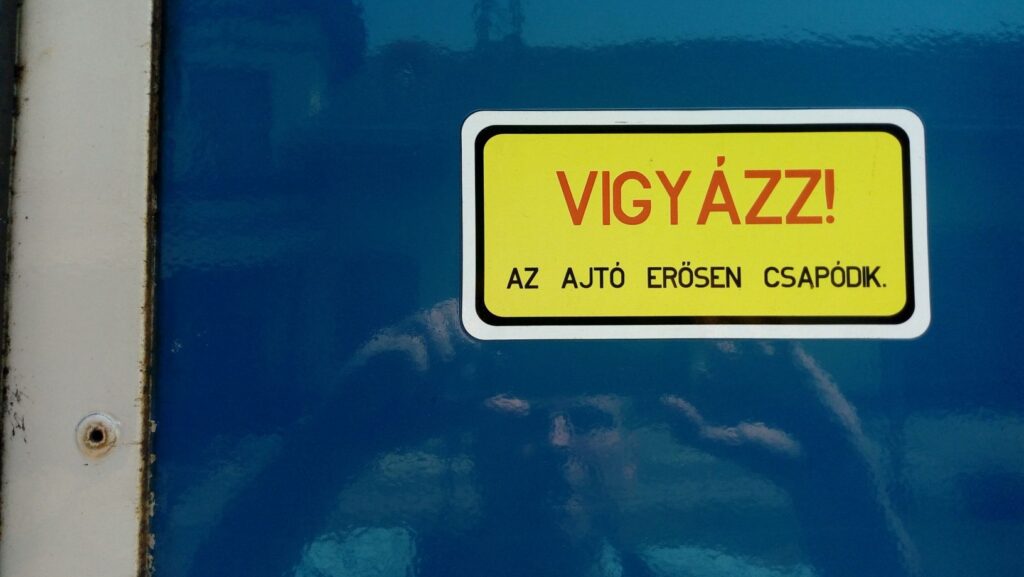
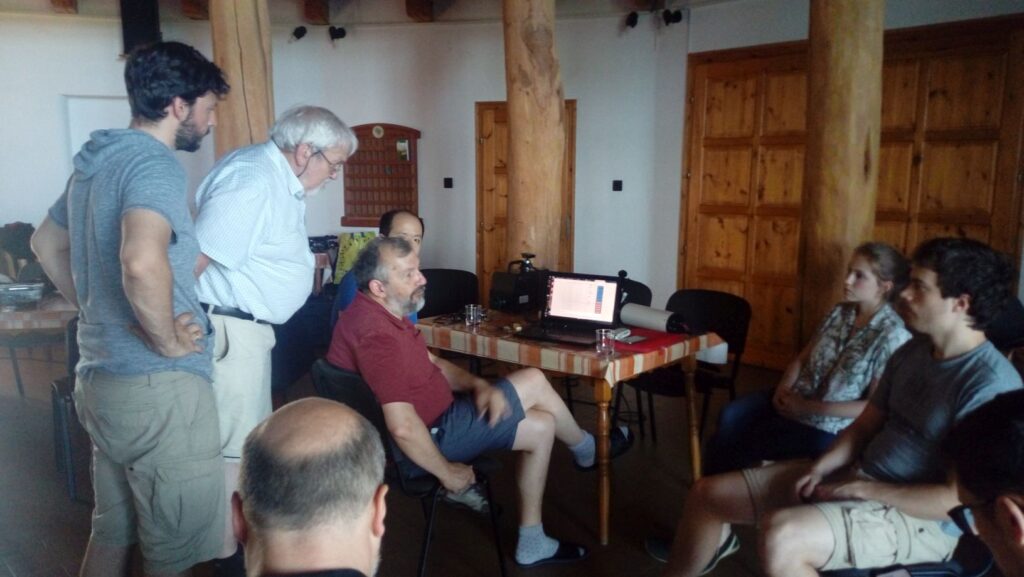
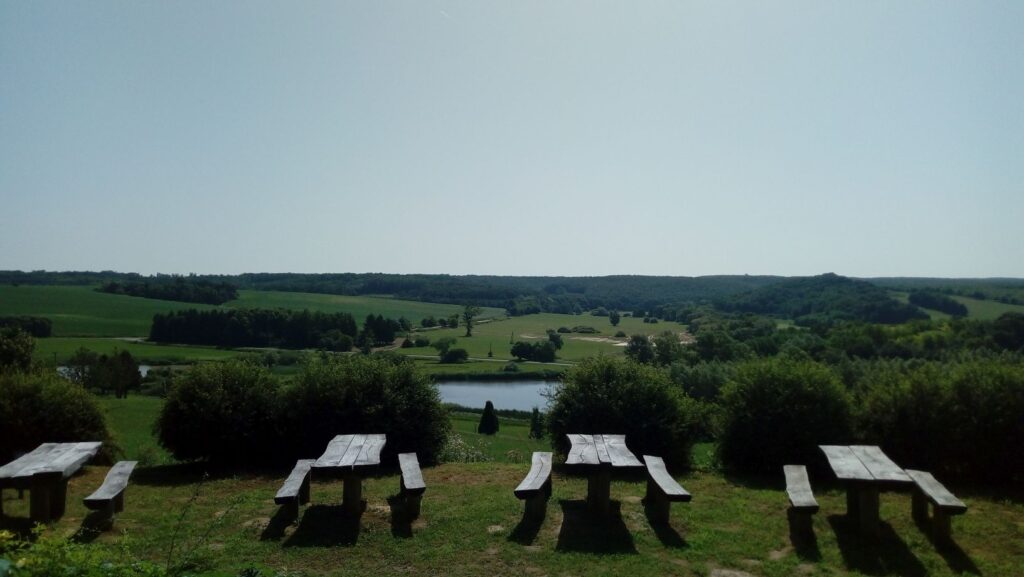
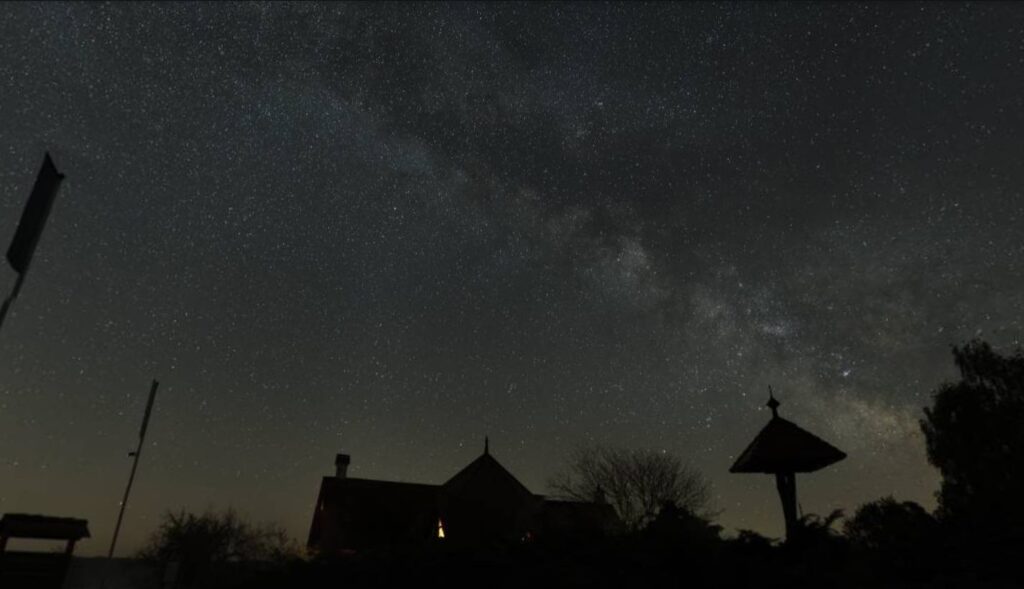
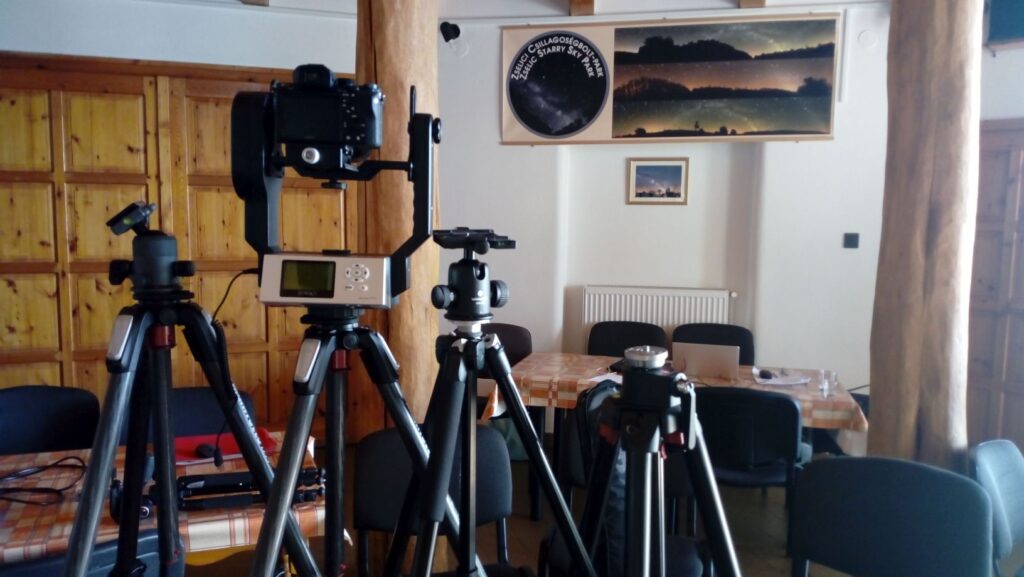
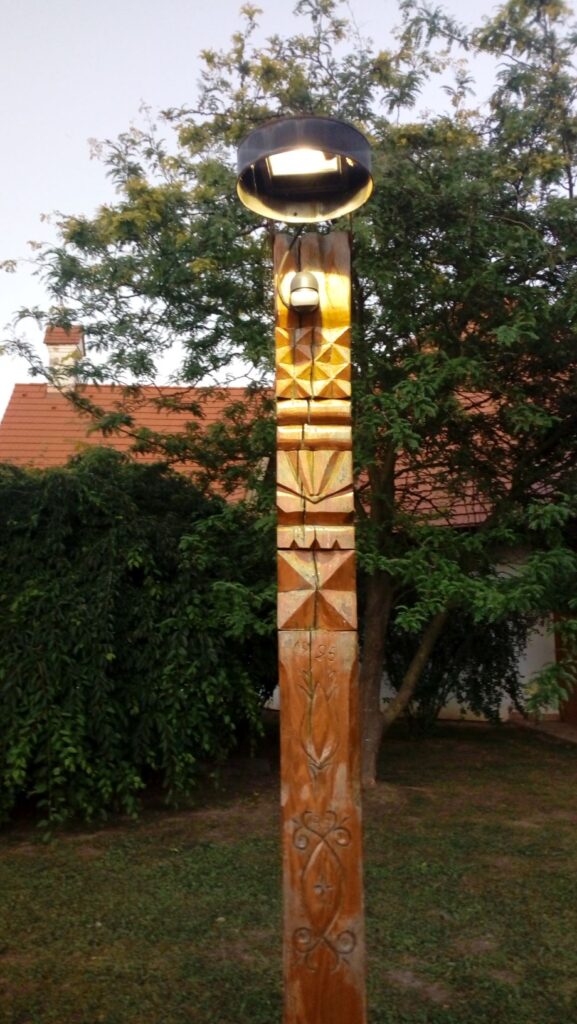
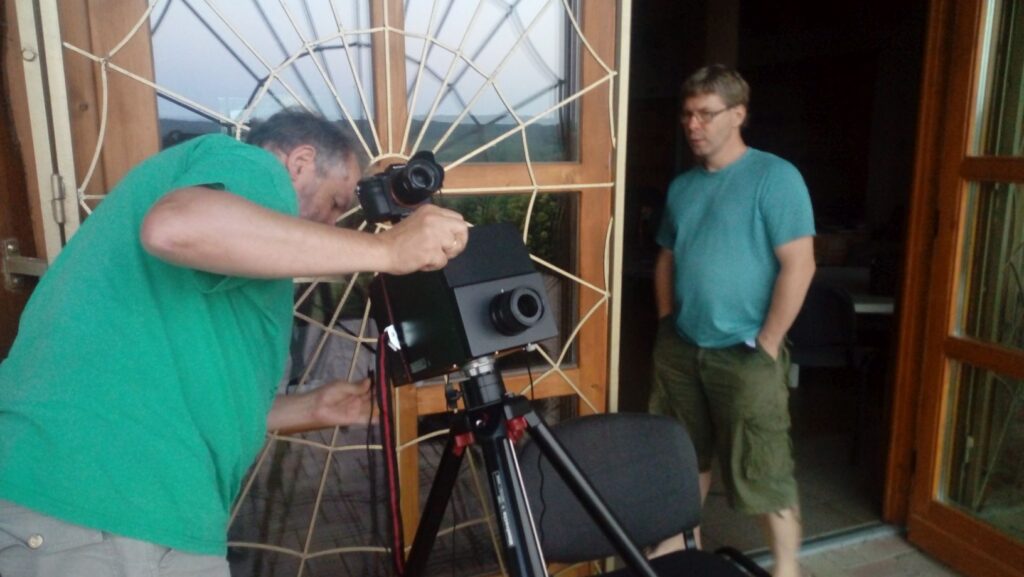
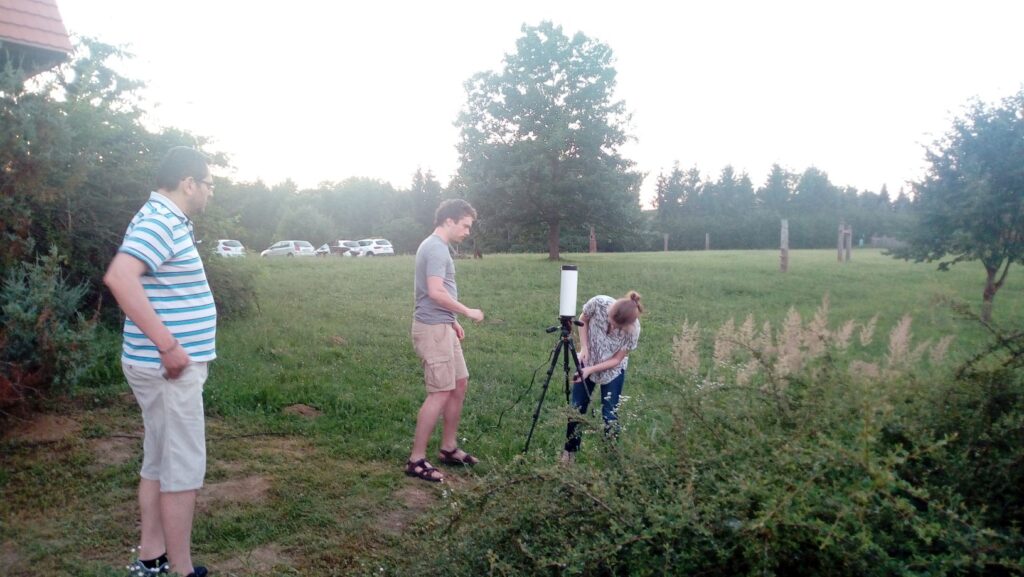
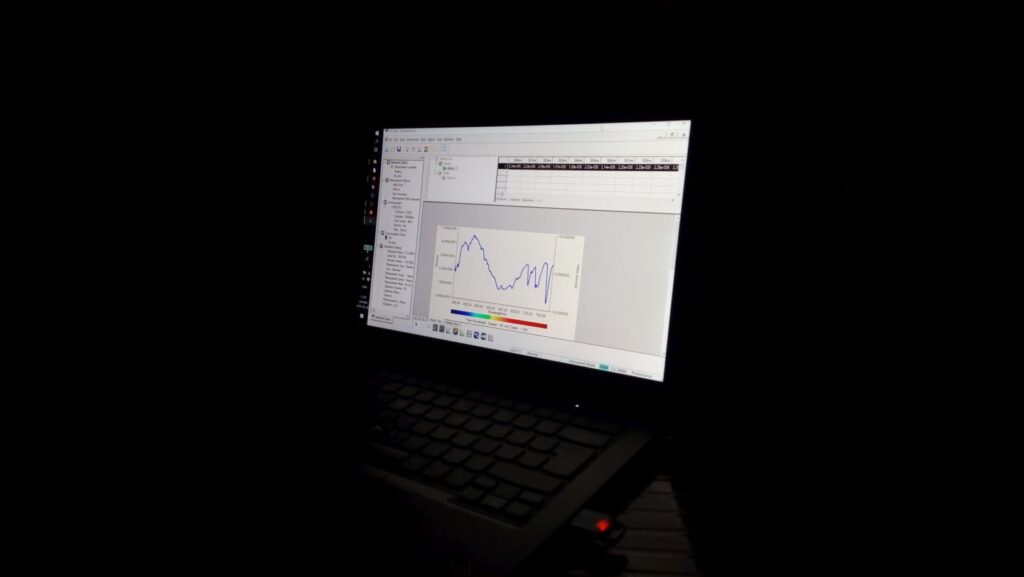
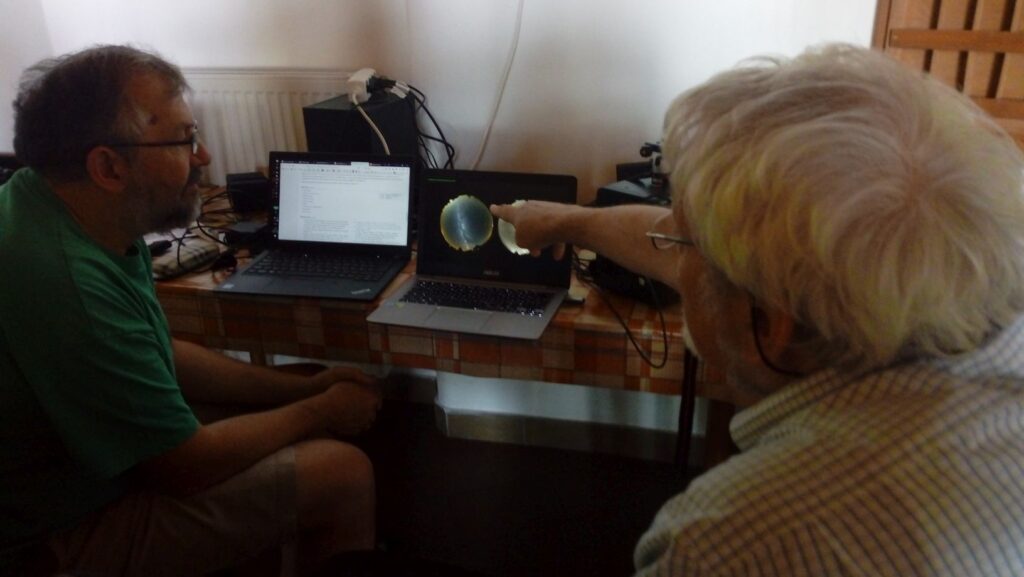
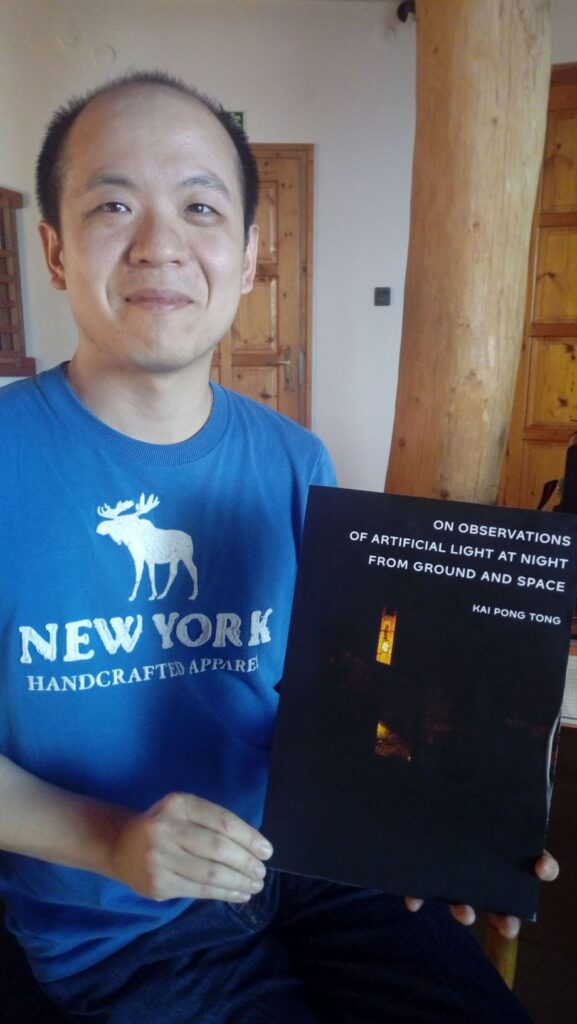
We thank the conference organizers for their hospitality, and grant EFOP- 3.6.2-16- 2017-00014, “Development of international research environment for light pollution studies” for support to this mission. For more information: bmp@pibinko.org
